
Amateur Dramatics
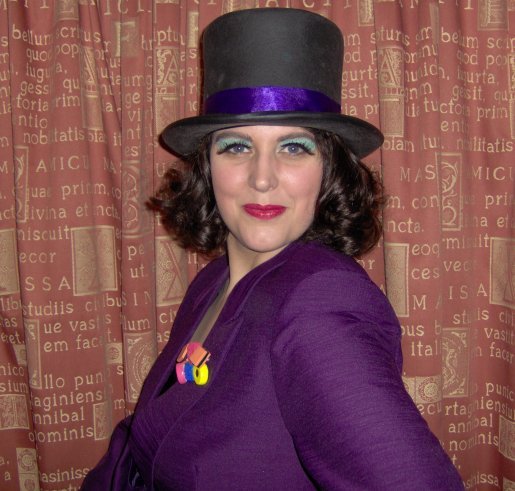
What to do
I’m not showing you something to make here, I’m encouraging you to do something, to search out and join your local Amateur Dramatics group. Now, some of you may have always dreamed of being on stage and be excited at the prospect of entertaining an audience, others may say “That’s not for me! I don’t want to go on stage, in front of everyone”, either way, joining an Amateur Dramatics group can be great for everyone. There is so much more to putting on a show than being a performer on stage. Here are some of the people/areas involved in putting on a show and what they involve. There may be something here that interests you:
Producer
The Producer is the overall boss who makes sure that all the departments are co-ordinated and working according to plan. They ensure that all members know what is expected of them and that everyone has schedules, information and funds that they require to do the job assigned to them.
Director
The Director watches the rehearsing of the show, follows the script and gives additional stage direction and advice.
Script writer
The Script writer as the title suggests writes the script. As well as the story and dialogue, the script includes stage directions, details about scenery, lighting, music and sound effects and the characters, their personalities and clothing etc.
Cast
The cast consists of Principle characters and the Chorus. Both are equally valuable to a successful performance. I was once told that ‘there are no small parts, only small actors’, this is true as without the whole cast, the show will not work.
Costume
In the costume department you may be required to research costumes, wigs and accessories for the various characters, and then arrange to have them made or bought. Some characters may need a variety of costumes.
Lighting
Stage lighting is very important, you will be required to know the script and what lighting is required for each scene. The lights will need to be set up before the performance and then controlled during it.
Sound
Sound in any performance is extremely important, it can add so much to the whole show. It involves not only the operating of microphones (if used), it can also involve preparing in advance sound effects (thunder clap, birds singing, busy high street, explosions, etc), whatever the script requires, and making sure that they are heard at the right point in the performance. Music is also a necessity controlled by the sound department as it can add atmosphere and drama as well as the basis for entertaining with song and dance.
Dance Choreographer
The Choreographer develops dance routines to the music used in the performance and then teaches these routines to the various cast members.
Props
The props department designs and makes scenery and props for the stage and actors to use. Skill and imagination is required in designing and making them, and being able to recycle materials and reuse them for another show is an advantage. Scenery and props often have to be larger than life so that the whole audience can see them.
Stage hands
Stage hands are essential for moving scenery and props on and off stage ready for the correct scenes, and for opening and closing the curtains and tabs. They need to be very familiar with the script and be able to work quickly and quietly.
Prompt
The Prompt follows the script closely and if an Actor forgets their lines, the Prompt will say quietly what the next line is so that the scene can continue.
Front of house
Being part of the ‘front of house’ team involves organising seating for the audience. They will also be required to meet and greet the audience and take payments and tickets. They may also sell raffle tickets and organise refreshments etc at the interval. They are there as representatives of the show organisers and a point of contact in the event of any problems and emergencies.
Marketing and Advertising
The marketing and advertising department recruits news members as well as promoting the show. Promotion and advertising can take many forms such as leaflets (flyers) distribution, telling local newspapers and radios about upcoming performances, having a stall (stand) at local fairs etc. and even organising sponsorship and fund raising to help with financing future performances (paying for venues, costumes, props, refreshments etc).
The Acorn Players
My family and I are members of the ‘Acorn Players’, although they have been putting on shows for twelve years, this was my families first taste of being part of a Pantomime and it was a fantastic experience. The production was ‘Charlie and the Chocolate Factory’, written by Claire Glendenning. We have made some great friends, learned new skills and had a fantastic time while rehearsing and performing the show. The ‘Acorn Players’ are a Community Panto Group and can be contacted by calling (01325) 310421 or e-mailing them by clicking here.
For anyone who is not familiar with the term Panto or Pantomime, it is a musical-comedy theatrical production for the whole family to enjoy. Traditionally Pantomimes are part of the entertainment found around Christmas or New Year but can be performed and enjoyed any time of the year.
The main cast has a leading male character (the ‘principal boy’) traditionally played by a young woman, and often wearing tight fitting male garments, tights and thigh length boots.
An older woman (the pantomime dame and often the hero's mother) is usually played by a man in drag.
The script often consists of risqué double entendre, wringing innuendo out of perfectly innocent phrases. This is, in theory, over the heads of the children in the audience.
There is a great deal of audience participation, including calls of "he’s behind you!", and "Oh, yes it is!" or "Oh, no it isn't!" The audience is always encouraged to "Boo" the villain, and "Awwwww" the poor victims, such as the rejected dame, who usually fancies the hero.
The audience is encouraged to sing a well-known song or tune sometimes with re-written lyrics. The audience is split into two halves, each half is encouraged to sing their part of the chorus louder than the opposing side.
There is often an animal as part of the cast, played by actors in animal costume. It is often a pantomime horse or cow, played by two actors in a single costume, one as the head and front legs, the other as the body and back legs.
The good fairy traditionally enters from stage right and the evil villain enters from stage left. In Commedia Dell 'Arte the right side of the stage symbolized Heaven and the left side symbolized Hell.
The members of the cast often give sweets to the children in the audience and invite some of them to join the cast on stage. Sometimes the villain will squirt members of the audience with water guns or pretend to throw buckets of ‘water’ at them that are actually full of glitter and streamers.
A slapstick comedy routine may be included in the performance. This is the messy part of the show, often as part of a decorating or baking scene, with humour based around throwing around messy substances.
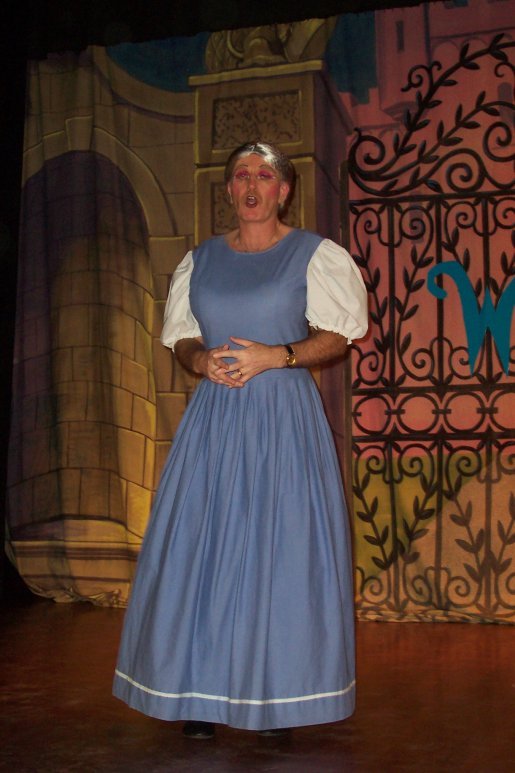
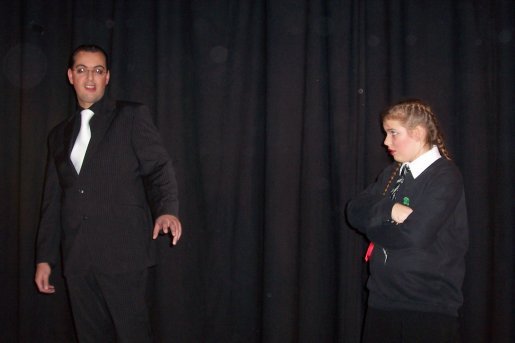
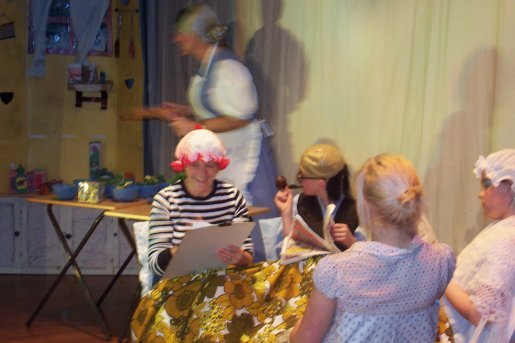
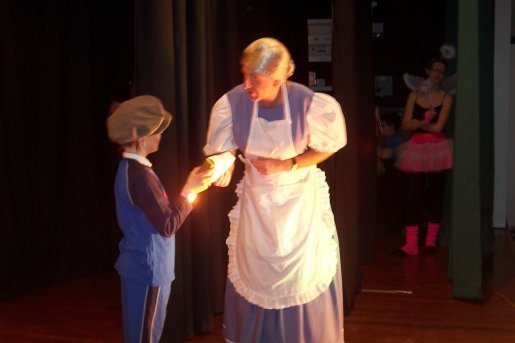
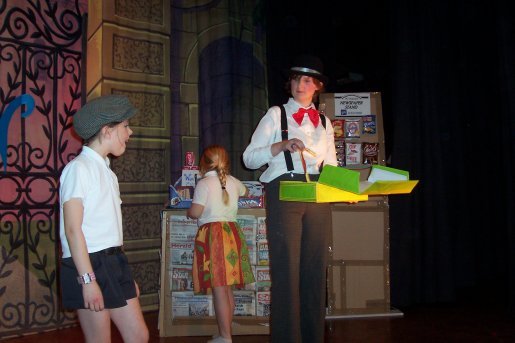
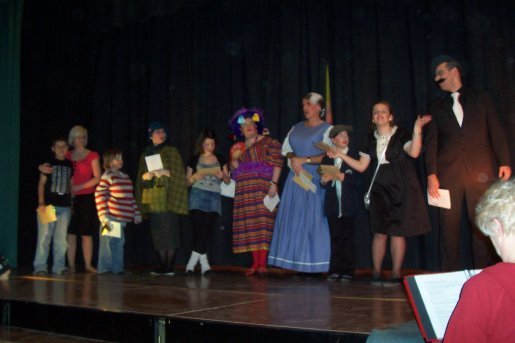
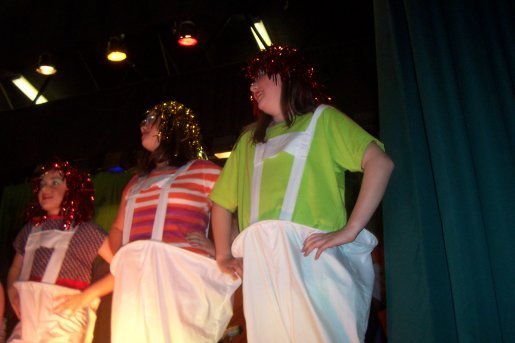
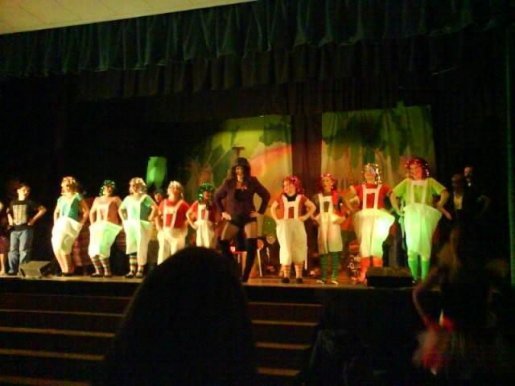
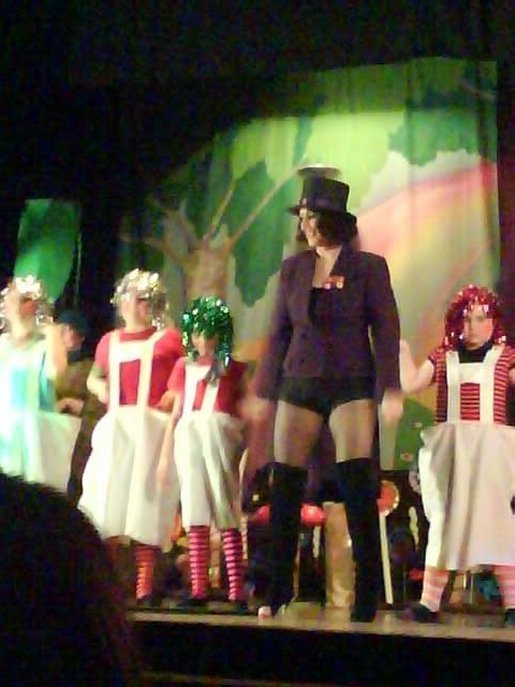
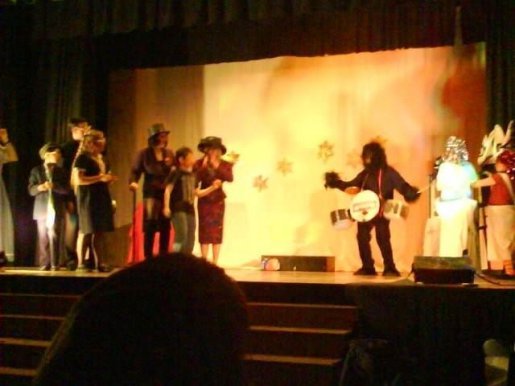
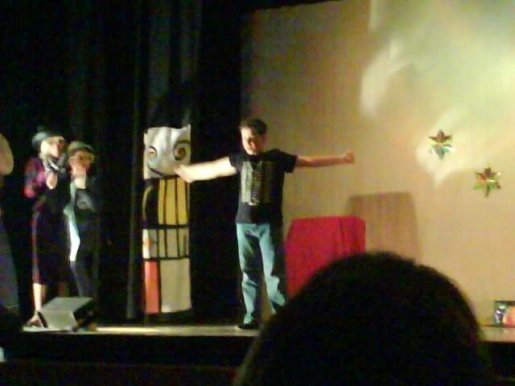
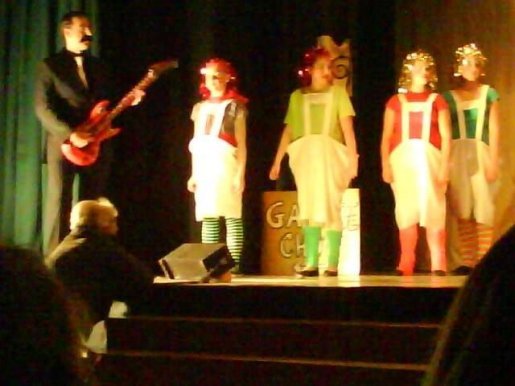
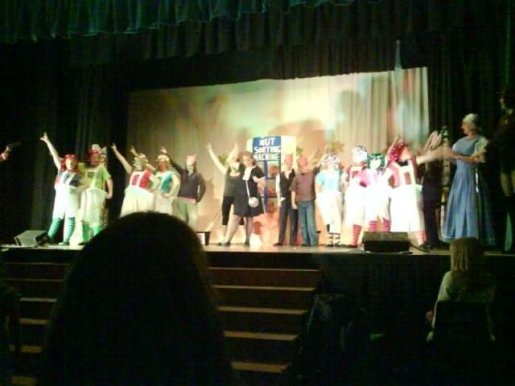
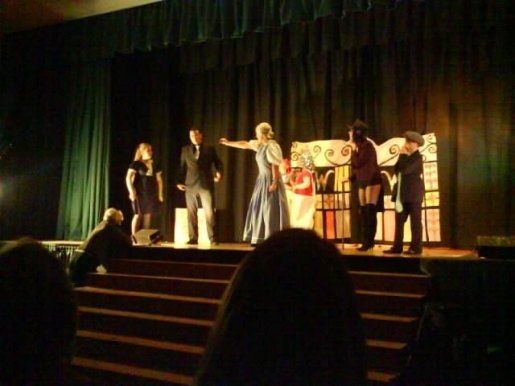
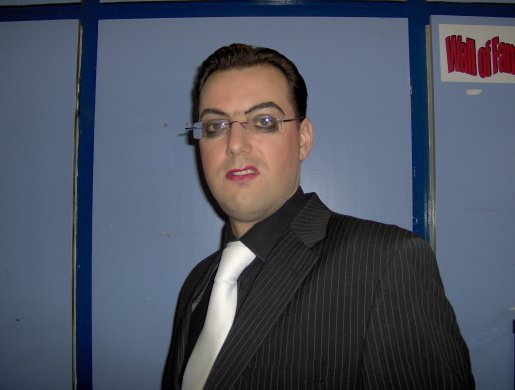
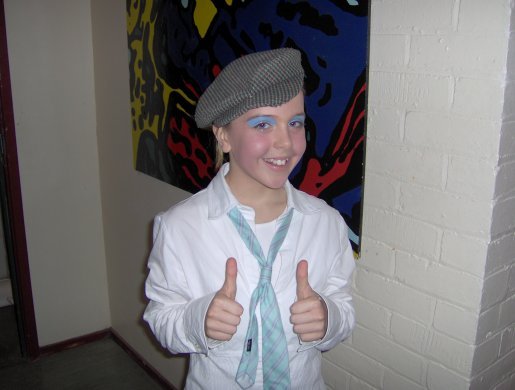
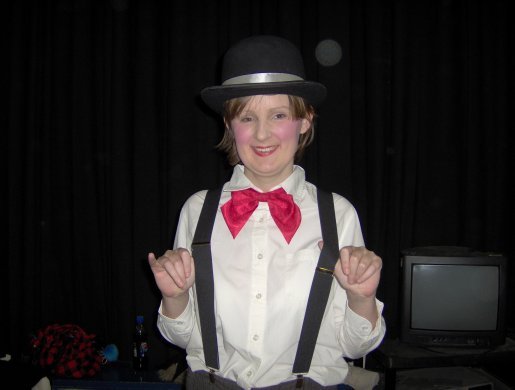
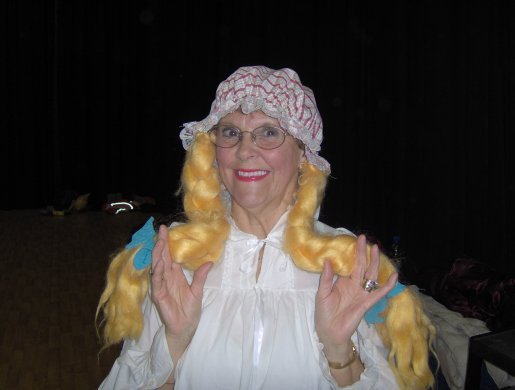
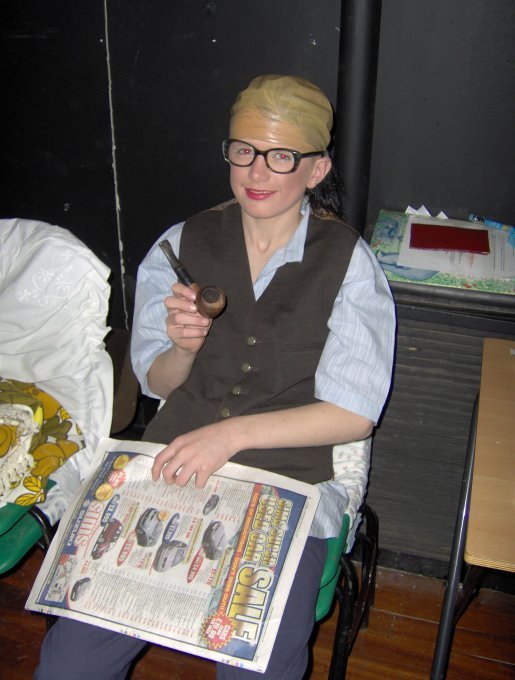
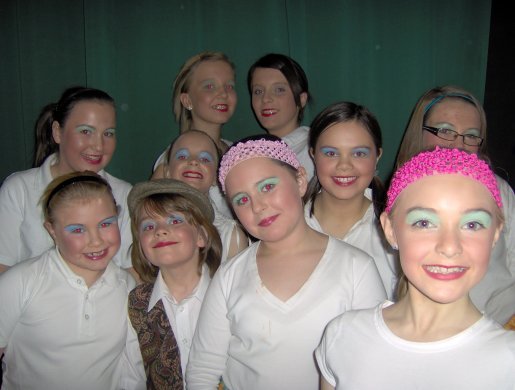
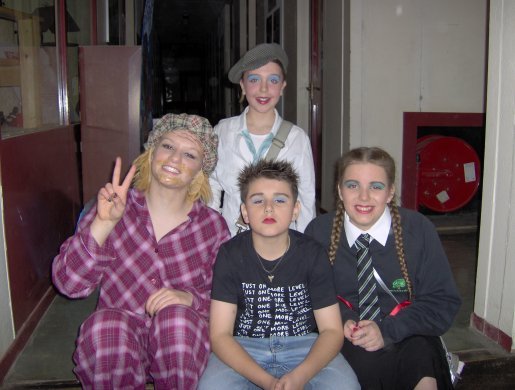
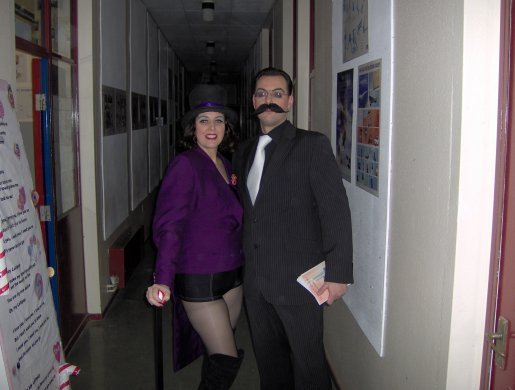
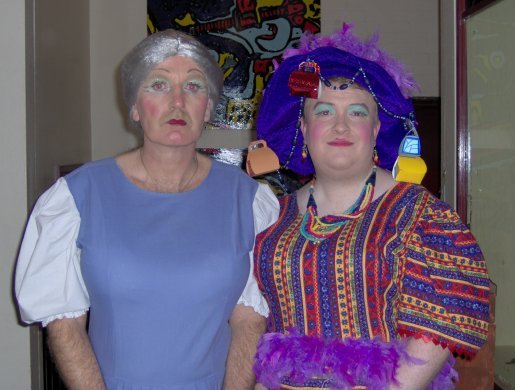
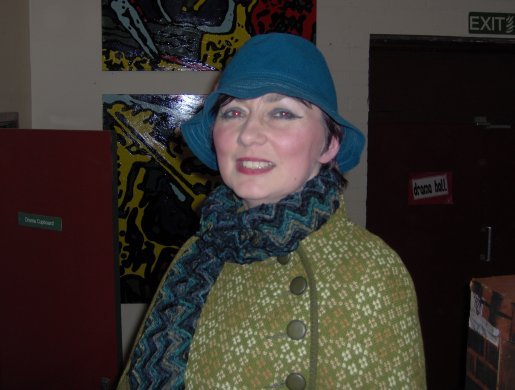
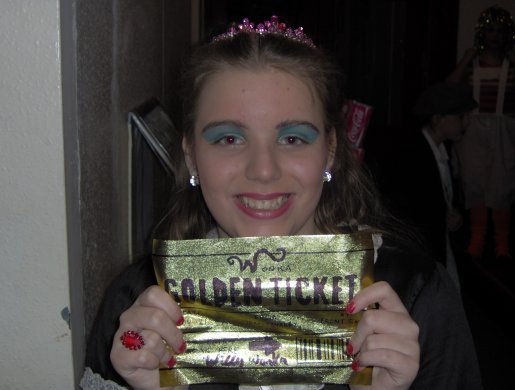
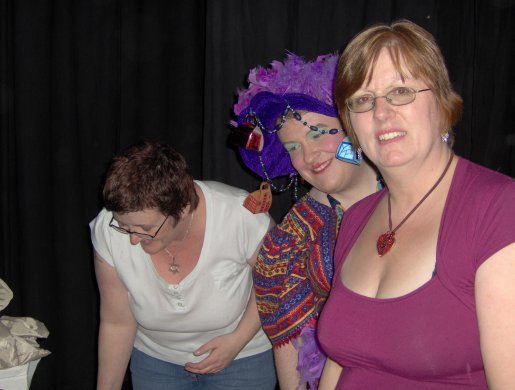
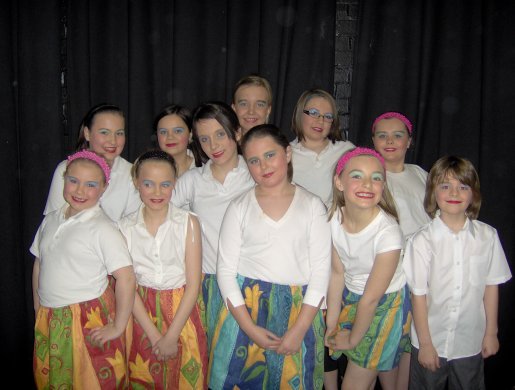
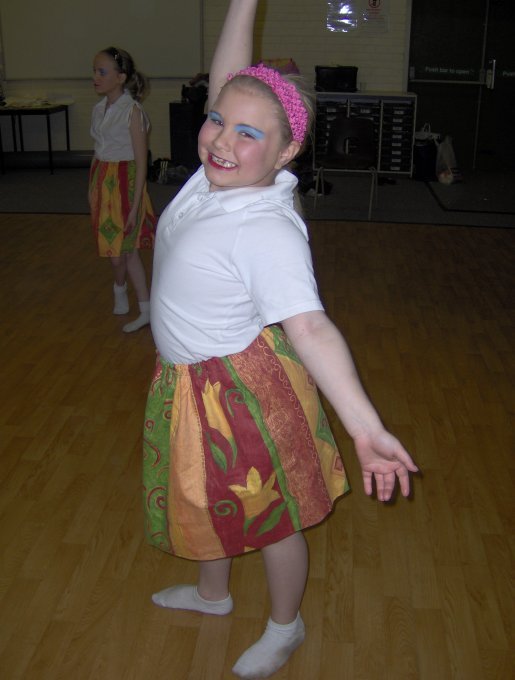
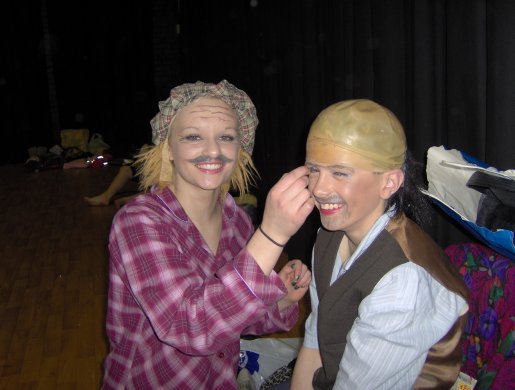
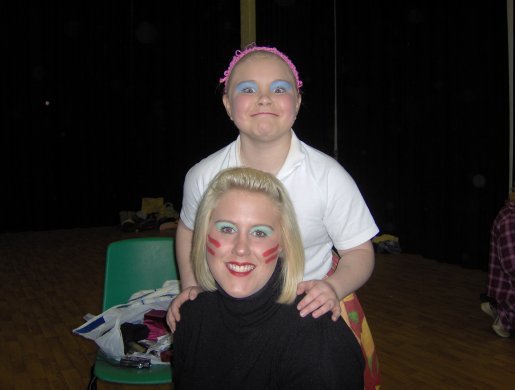
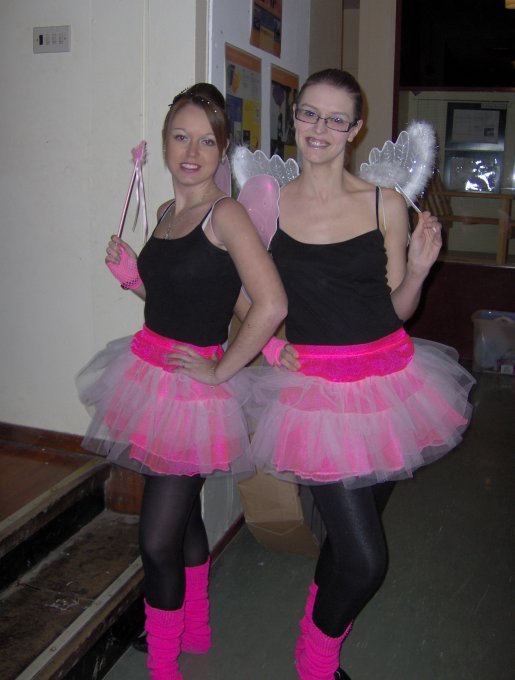
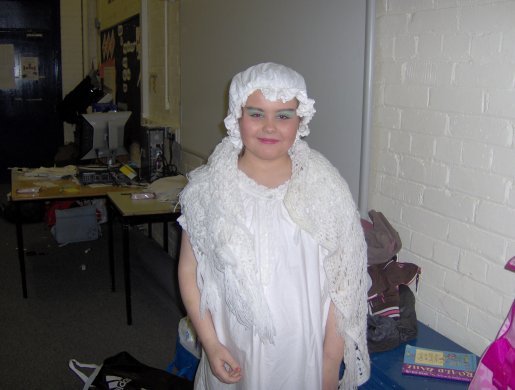
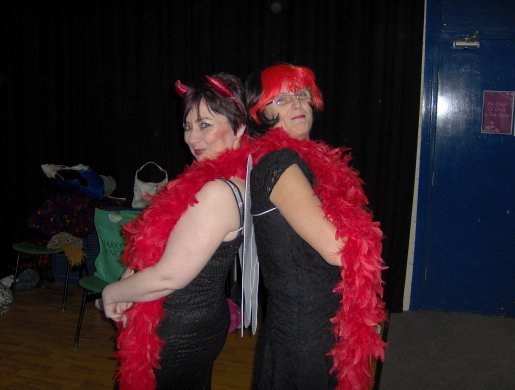
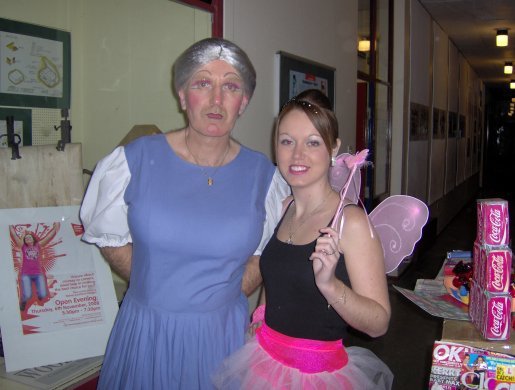
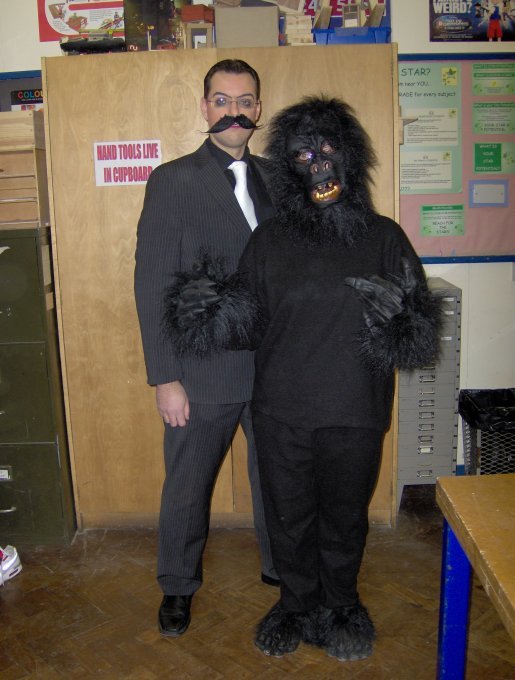
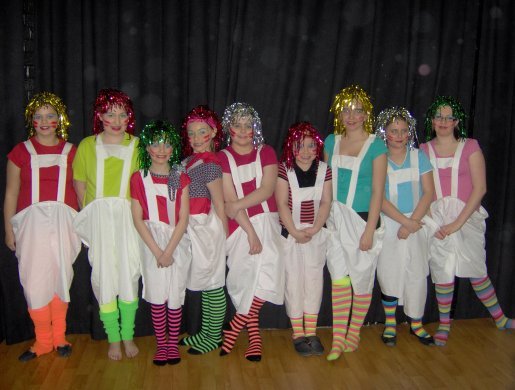
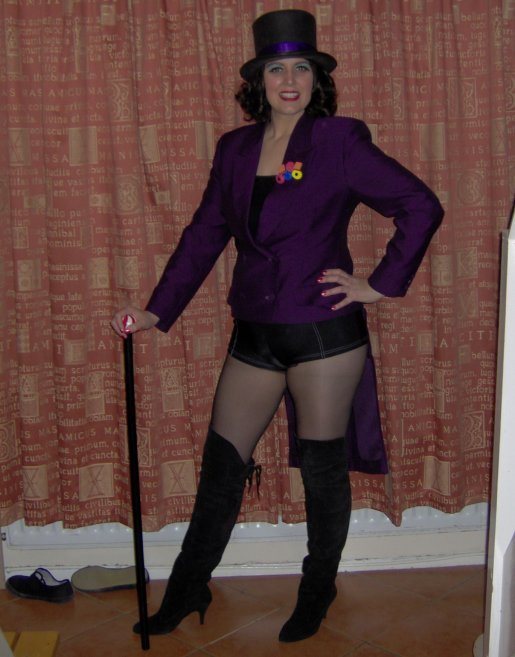
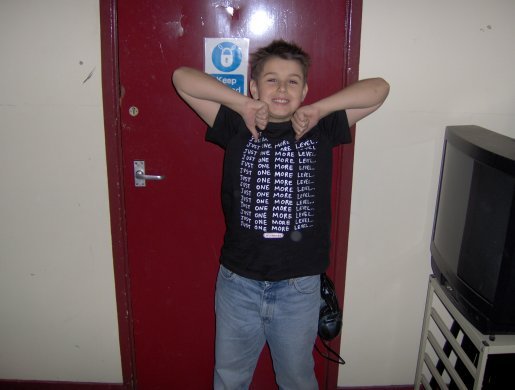
Back to the Things to Do menu...
Back to the Other Stuff projects menu...


